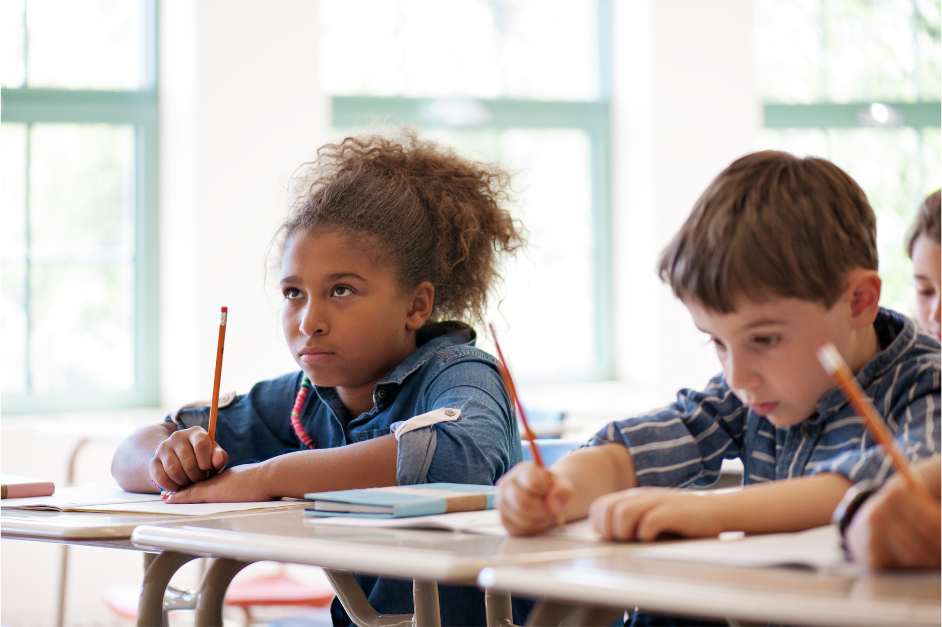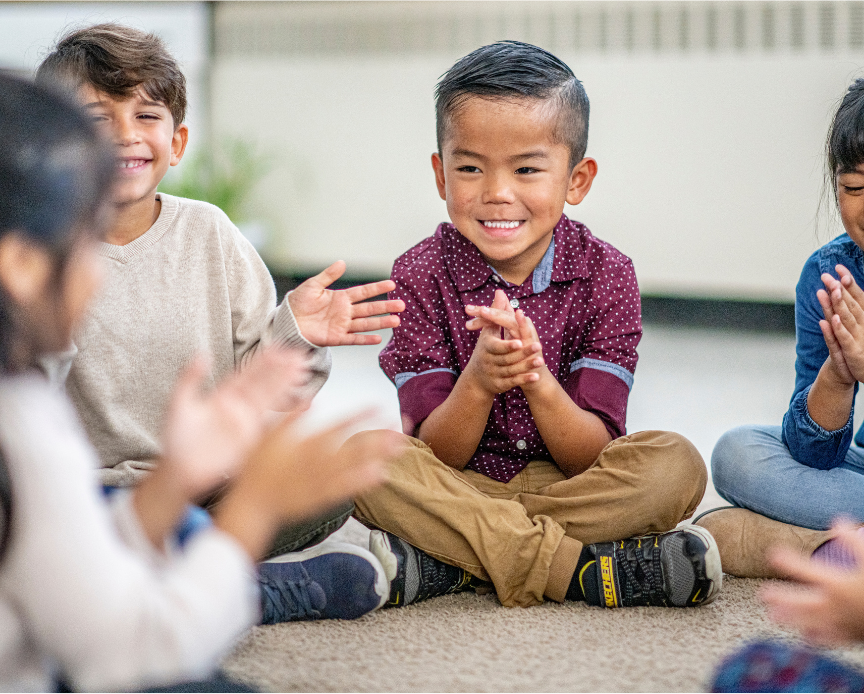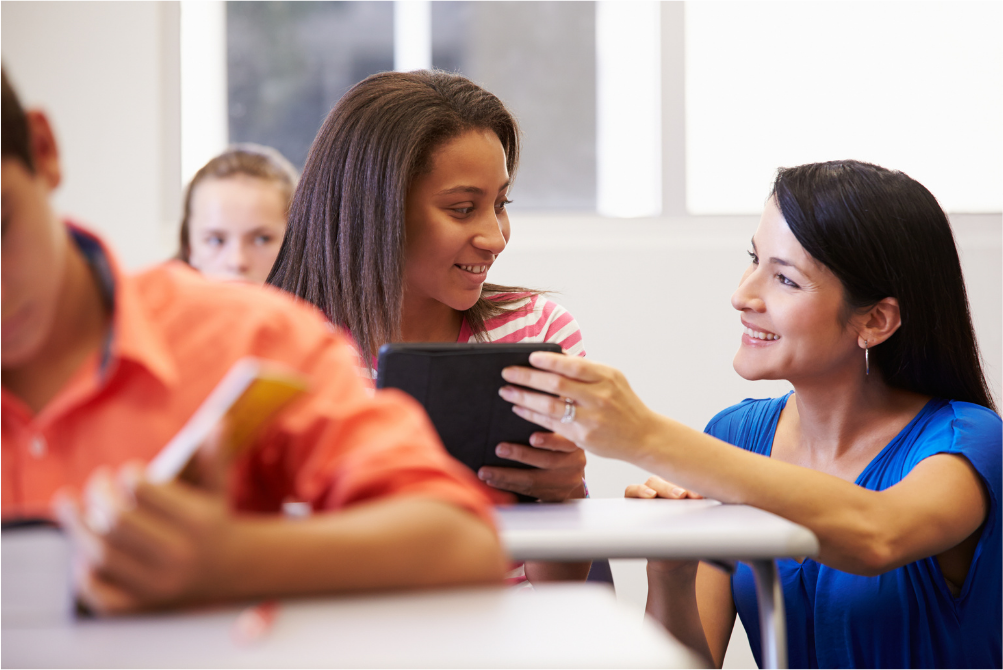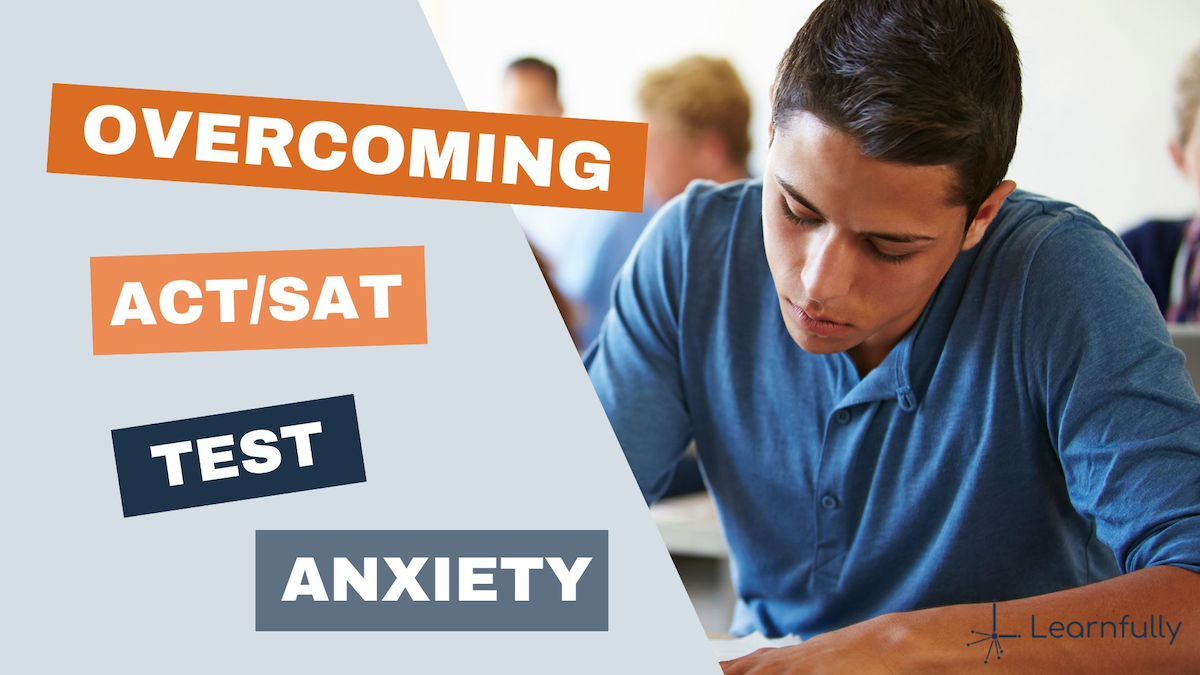This is part three of our series on learned helplessness. You can read part one here and part two here.
Learned helplessness affects neurotypicals, as well as neurodivergent learners in schools. Unfortunately students with learning disabilities may experience many more failures, which contribute to a never-ending cycle of learning struggles. These difficulties are reinforced over an extended period of time, across a variety of tasks, assignments, school settings, teachers and experiences. These challenges often contribute to a student’s feeling of helplessness.
Students who experience repeated school failure are particularly prone to develop a learned helpless response style.
What Does Learned Helplessness Look Like at School
“In school, learned helplessness relates to poor grades and underachievement, and to behaviour difficulties. Students who experience repeated school failure are particularly prone to develop a learned helpless response style. Because of repeated academic failure, these students begin to doubt their own abilities, leading them to doubt that they can do anything to overcome their school difficulties. Consequently, they decrease their achievement efforts, particularly when faced with difficult materials, which leads to more school failure. This pattern of giving up when facing difficult tasks reinforces the child’s belief that he or she cannot overcome his or her academic difficulties.”
(numberworksnwords.com)

Classroom based practices may come from good intentions, however constant failure can lead unintentionally to learned helplessness. Ginna Guiang-Myers observes some of the ways learned helplessness could manifest in the school setting:
- Refusal to accept help, even if the teacher repeatedly offers it
- Frustration leading to easily giving up
- Disengagement from effort
- Lack of motivation
- Diminished self-worth and self-efficacy (such as providing a myriad of reasons why solutions will not work)
Strategies to Overcome Learned Helplessness at School
- Examine grading practices and offer rewrites, redos and retakes.
- Normalize and celebrate failure.
- Praise and encourage the effort, not the perceived intrinsic ability of the student.
- Teach specific lessons on optimistic mindset.
- Work with students to set bite-size goals, and celebrate in a big way when they achieve each goal.
- Let students have some productive struggle time, do not over scaffold.
- Define partner or group work so students don’t rely on others to do the work.
- Teach learned optimism skills and strategies
Students who experience repeated school failure are particularly prone to develop a learned helpless response style.
Another useful strategy is to use questioning to drive learning. Find ways to use open ended questions and avoid right and wrong answers. If a student makes a mistake you can ask them to explain how they arrived at their answer. Sometimes thinking it through exposes the error. You could also ask questions such as:
- What else could you try doing?
- Have you explored any other ideas or methods?
- Why do you think that is?
- What makes you think that is true?
- Questioning is a powerful tool to keep students engaged in their own learning.

Martin Seligman, author of Learned Optimism created the ABC model. He believes overcoming Learned helplessness in school might be as simple as ABCDE…that’s the acronym for shifting one’s personal narrative. Part of our job as teachers is to help students become more optimistic and establish a positive identity as a learner.
Here’s a short overview of the steps:
Step 1: Have the student name the Adversity or challenge he’s facing.
Step 2: Have the student recognize his underlying Beliefs about the challenge.
Step 3: Have the student identify the Consequences resulting from his negative beliefs.
Step 4: Help the student Dispute or push back on his negative beliefs and gather evidence as to why they are wrong.Step 5: Energize. Help the student generate a positive and more useful alternative belief and help him get energized to act according to the new belief by creating a new “back story” to go with it.
Conclusion
Andrew Miller, reminds us that we need to take responsibility for empowering our students, and to scaffold the process of self-direction. Empowering and building grit in students will not happen overnight. However, there are many steps we can take as educators to avoid the structures and systems that encourage learned helplessness. If they have already fallen into some bad habits, we can also take students from where they are and support them with strategies to overcome the pitfalls of learned helplessness.
Learnfully
Learnfully offers a variety of services to neurodivergent learners including:
- Executive functioning-based educational therapy and tutoring
- Test preparation and assistance with test accommodations for neurodivergent learners
- Professional development on working with neurodivergent learners for schools and community groups
About the Author

Dr. Sheila Murphy is the founder of Alma Bonita Animal Rescue and an educational consultant focused on equity, diversity, social emotional learning and inclusion. Sheila went into education specifically to advocate and address gaps in the system that failed her own three sons. With a Doctorate Degree in Educational Leadership, a Master’s Degree in Education, a Master’s Degree in Supervision and Administration and as a Certified Life Coach, Sheila has focused her life’s work on giving to those who are most vulnerable in this world.
Learn more about Dr. Sheila Murphy on her website.











